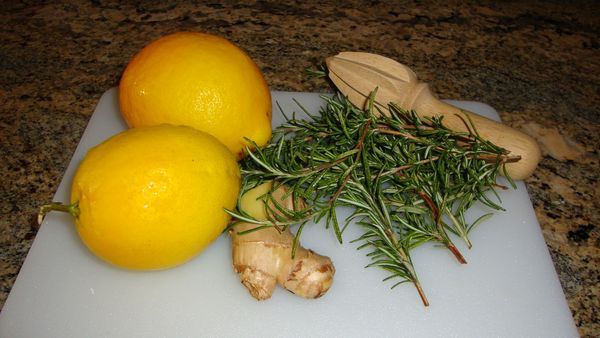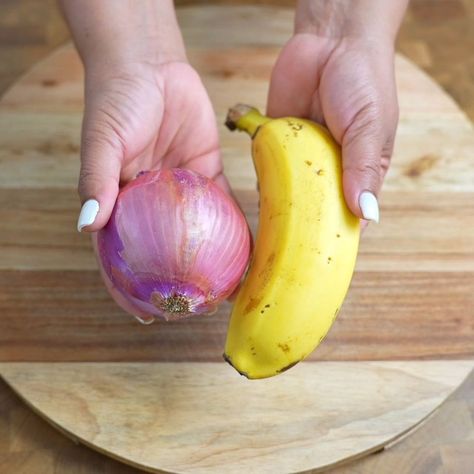Experiencing cough and mucus issues can be uncomfortable as we grow older. But there’s a natural remedy that combines lemon, ginger, and rosemary to provide relief. These ingredients are known for their health benefits, including their ability to clear the lungs and soothe the throat. Let’s explore this powerful concoction that may help alleviate these symptoms in just three days.
Benefits of the Ingredients
- Lemon: Lemon is rich in vitamin C, which boosts the immune system and cleanses the body of toxins. It also has natural antibacterial properties.
- Ginger: Ginger is famous for its anti-inflammatory properties. It can reduce irritation in the lungs and soothe the respiratory tract.
- Rosemary: This herb not only adds flavor to dishes but also contains antioxidants and anti-inflammatory compounds. It helps improve circulation and promotes respiratory health.
Recipe for Lung-Clearing Tea
Ingredients:
- 1 lemon
- 1-inch piece of fresh ginger
- 1 sprig of fresh rosemary (or 1 teaspoon of dried rosemary)
- 2 cups of water
- Honey (optional, to taste)
Instructions:
1. Prepare the Ingredients:
- Wash the lemon and slice it into thin rounds.
- Peel and slice the ginger into thin strips.
- If using fresh rosemary, rinse and pat it dry.
2. Make the Tea:
- In a small saucepan, bring the water to a boil.
- Add the ginger and rosemary to the boiling water and reduce the heat. Let it simmer for about 5 minutes.
- Add the lemon slices to the pan and continue to simmer for an additional 5 minutes.
3. Strain and Serve:
- Strain the tea into a mug. If desired, add honey to sweeten it naturally.
- Drink the tea warm to maximize its benefits.
Serving Suggestion:
- Drink this tea 2-3 times a day for three days to help manage symptoms of cough and mucus.
Additional Tips:
- Stay hydrated by drinking plenty of fluids to loosen mucus and keep the mucous membranes moist.
- Incorporate other anti-inflammatory foods into your diet to support respiratory health.
- Ensure good indoor air quality by avoiding irritants like cigarette smoke and strong perfumes.
This lemon, ginger, and rosemary tea is a comforting and natural remedy that can help clear your lungs and soothe your throat. Remember, while this remedy can aid in alleviating symptoms, it is not a substitute for medical treatment from a healthcare professional if symptoms persist or worsen.









